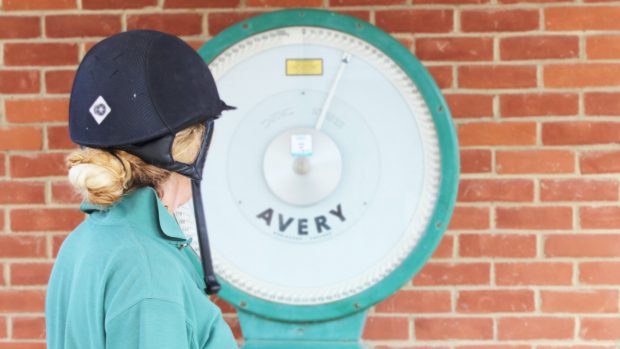The range of practitioners available to help keep equine athletes in tip-top condition is staggering. But who should you turn to first and how can you check their credentials?
Here we find out what to expect and what to look out for when using equine body worker and massage therapists.
What do they do?
Massage therapy involves moving the skin and underlying soft tissue by hand or with a machine such as a vibrating pad or rug.
Techniques include well-known methods such as Swedish massage, sports massage, lymphatic drainage and acupressure. Equine body workers are massage therapists who use whole body massage techniques, but also include stretching exercises.
When might you need one?
Massage and soft-tissue mobilisation is believed to increase blood flow, promote muscle and mental relaxation and increase suppleness. Equine massage has been used to reduce stress levels, improve lymph drainage and enhance pain tolerance in an existing back injury.
There are many anecdotal reports of the benefits of massage on equine performance, but scientific evidence is still lacking.
Qualification check
Although there is a qualification for equine body workers and an International Equine Body Worker Association (IEBWA) that qualified members can join, there is no regulatory body for massage therapy as a whole and no accreditation exists. Without proper qualifications, insurers may not not be willing to accept such treatments.
To find out about other equine practitioners, including physiotherapists and osteopaths, see 1 November issue of H&H
Read more about back problems
Read more about joint problems




